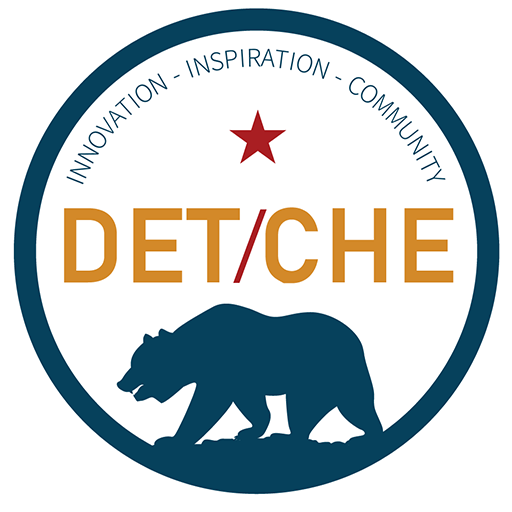The Early History of DET/CHE
By Bill Broderick and Henry Burnett
January 1993
At the annual meeting of the Association for Educational Communication and Technology in Anaheim, California, on Tuesday, January 22, 1985, Dr. William A. Broderick, Director of Learning Resources at San Diego State University made one of the final presentations of the conference. At the conclusion of his presentation, Dr. Jerry Gordon, Director of Media Resources at the University of California, Riverside, went up to introduce himself. As they talked, Broderick and Gordon quickly carne to realize that they shared many of the same management problems and interests. They were soon discussing how useful it would be if they could have the opportunity to exchange ideas more frequently. That afternoon Broderick returned to San Diego State University, and the next day a colleague from Washington visited the campus to see SDSU’s media services. During the course of the conversation, he mentioned his involvement with an organization for media directors in the Northwest states called Northwest MET (the full title is Northwest College and University Council for the Management of Educational Technology). Not wanting to wait until his visitor got back home to send information, Broderick called a friend at Oregon State University and got him to send a copy of the NW/MET by-laws.


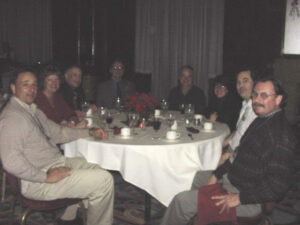
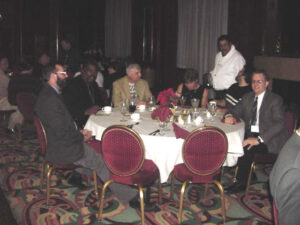
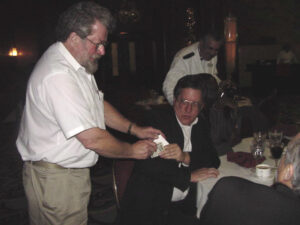
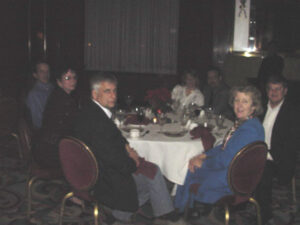
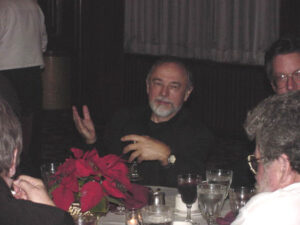
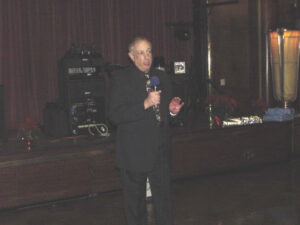
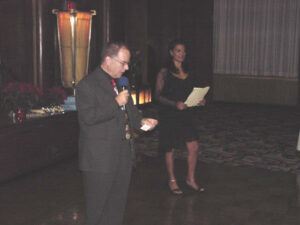
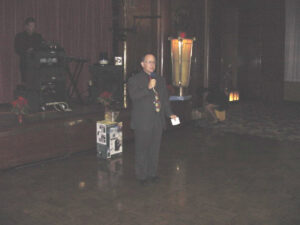
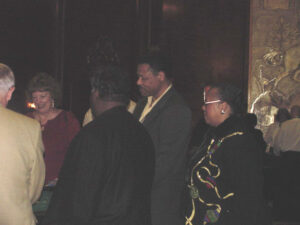
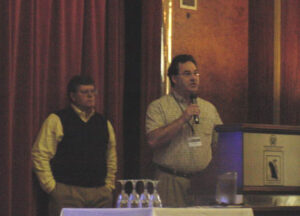
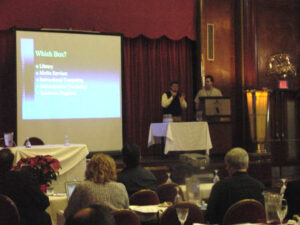
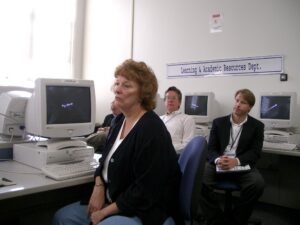
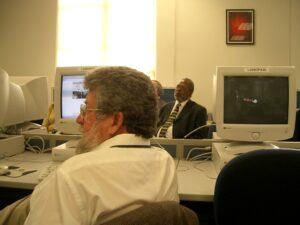
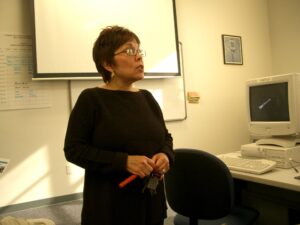
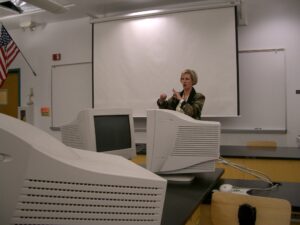

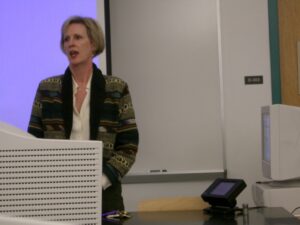
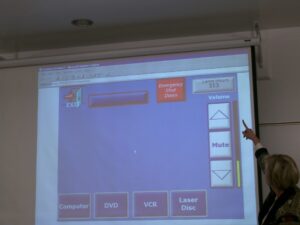
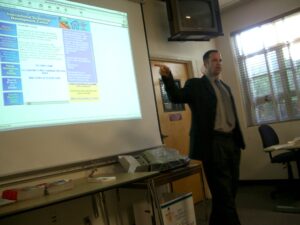
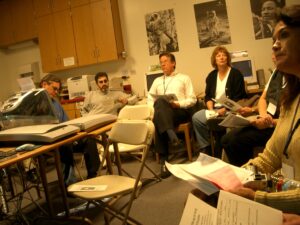
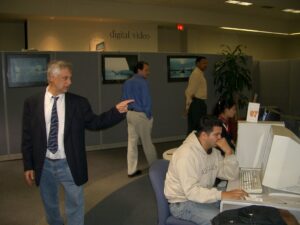
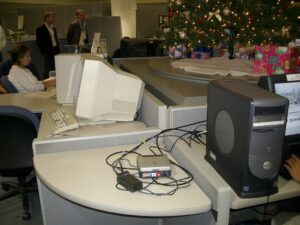
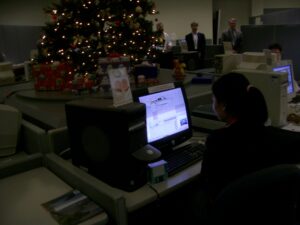
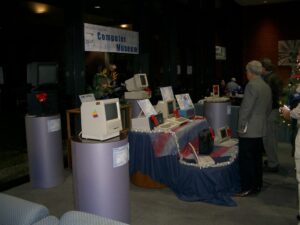
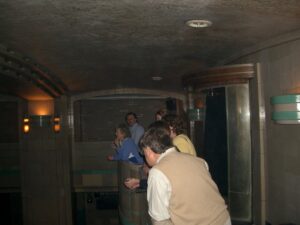
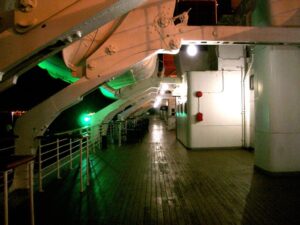

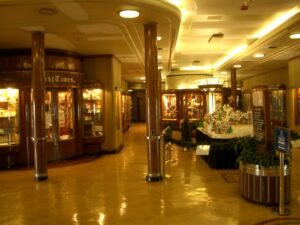

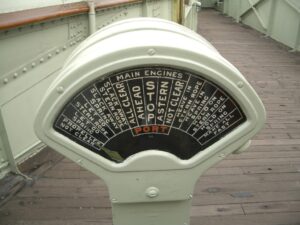
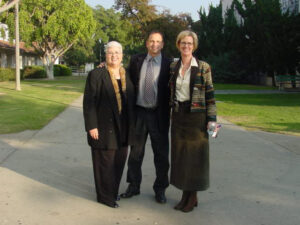
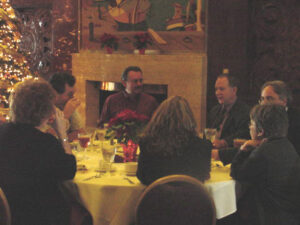
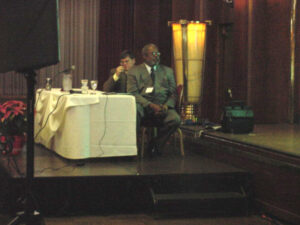
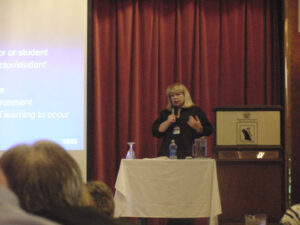
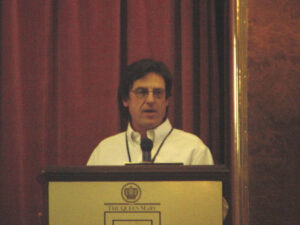

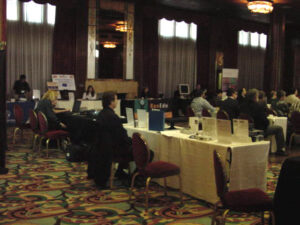
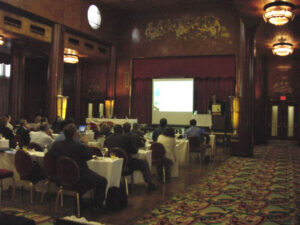
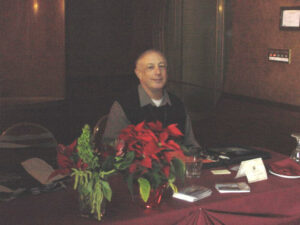

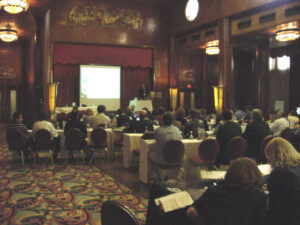
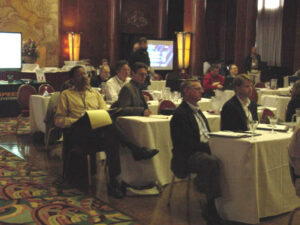
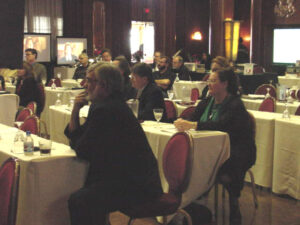
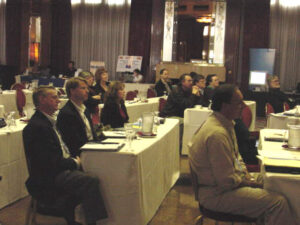
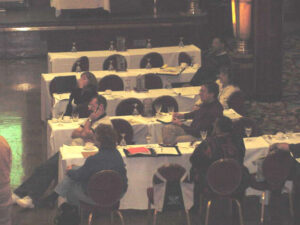
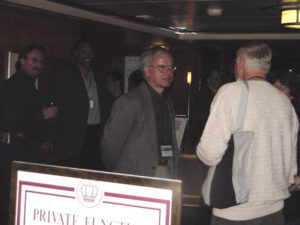
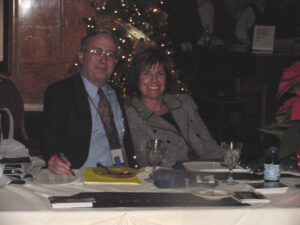
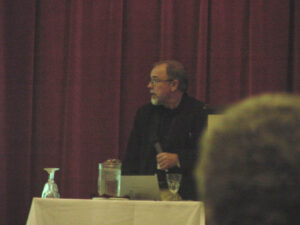

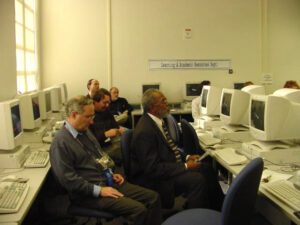
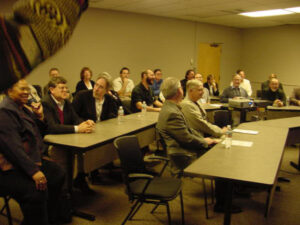
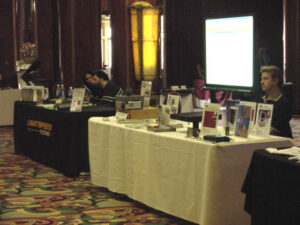
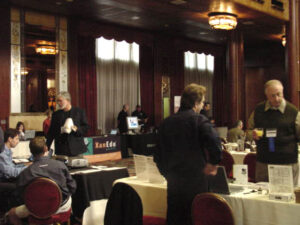
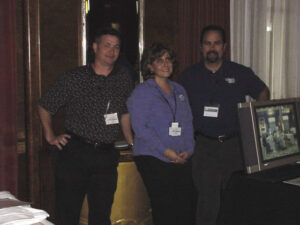
Broderick then called Jerry Gordon and arranged to visit him at UC Riverside to discuss further developments, if any, in forming a group to exchange ideas. Broderick and Gordon met on February 27 and decided to try to organize a statewide group of media directors. They decided that it should be open to all institutions of higher education in California and that to attract the widest possible constituency, they should form a committee which represented all possible constituencies. Each of them contacted several people, and they wound up with a committee consisting of Tom Foster of Grossmont College, Dave Tiedemann of the University of San Diego, Wally Schultz of Loma Linda University, Garrett Short of Riverside City College and themselves. This group met for the first time in San Diego on April 17, met in Riverside on June 7 and again in San Diego on September 23. Among the most difficult issues dealt with by the committee was a name for the organization. There are those who still argue that the name could have been developed only by a committee. At the second San Diego meeting, final plans ware made for an organizational meeting to be held at UC Riverside on November 15. On October 8, Broderick sent letters to all who had been identified by the committee as potential members, inviting them to the Riverside meeting. Approximately 60 people came to the Riverside meeting and many others responded by phone or by letter expressing interest in the organization even though they were unable to attend. Broderick presided over the meeting and was elected as the first President. Jerry Gordon was elected Vice President and Tom Foster was elected Secretary/Treasurer.
The letter of invitation mentioned above, began: “A new organization is being formed for directors of educational technology in higher education in California. You have been identified as a person on your campus who has responsibility for managing a campus-wide educational technology service. It is expected that there will be only one member from each institution although some exceptions may be possible.” The fourth paragraph of the letter added to this concept: “This organization is intended to be a small, tightly focused group which has in common the management of educational technology services. There are common management concerns across all levels of higher education. Managing production, organizing and managing equipment and media distribution, dealing with faculty pressure to ignore the copyright law, providing means by working with faculty who are interested in improving their teaching and testing, getting the most out of budgets, dealing with personnel problems, interacting with sources of cable and satellite television transmission.”
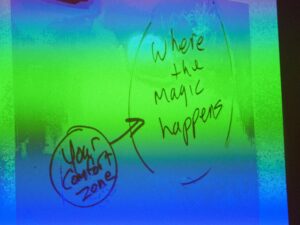
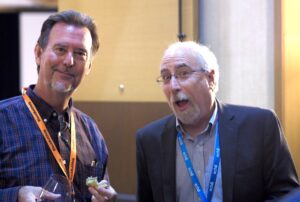
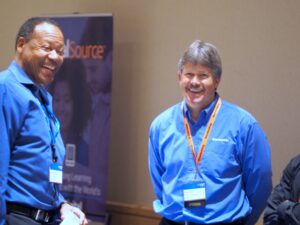
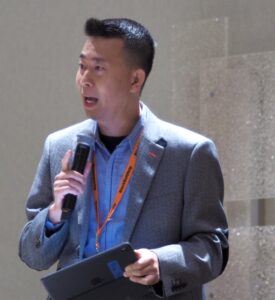
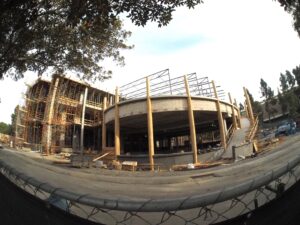
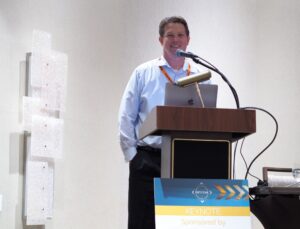
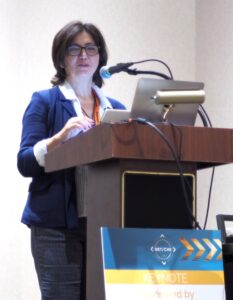

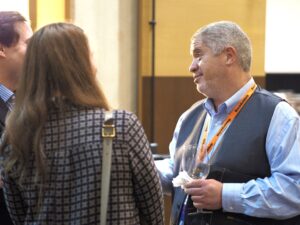
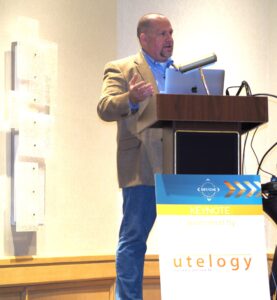
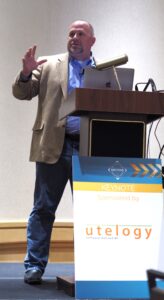
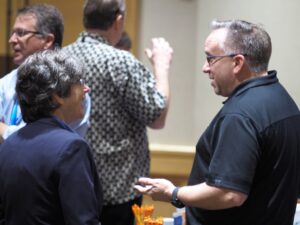
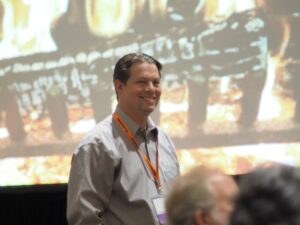
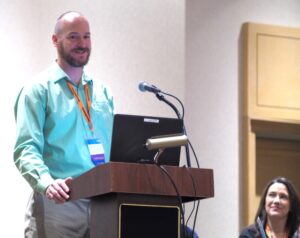
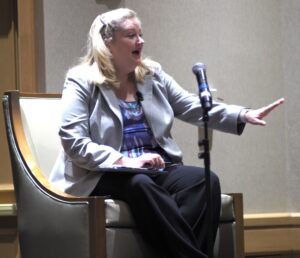
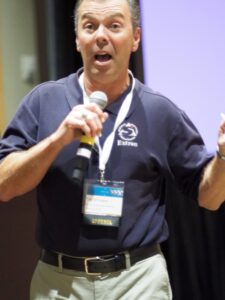
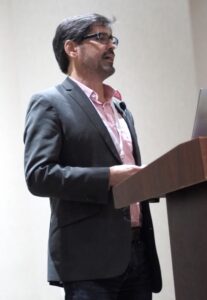

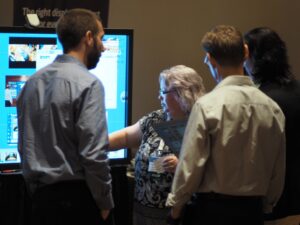
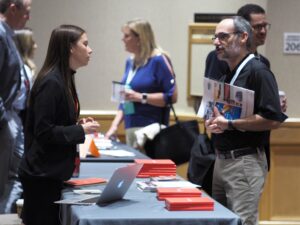
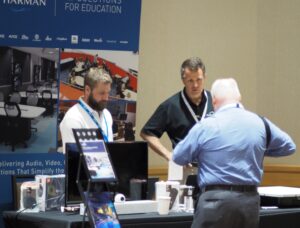
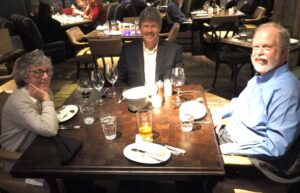
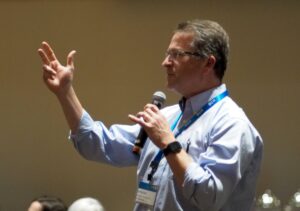
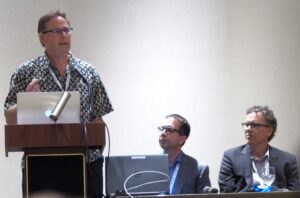
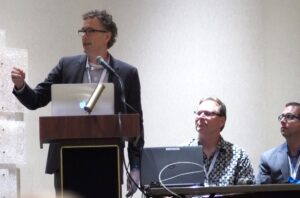



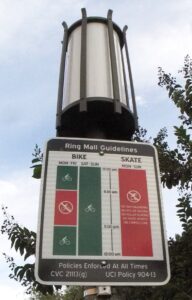
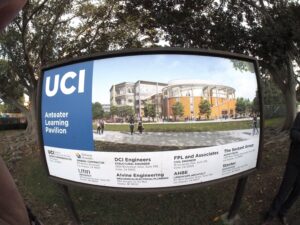
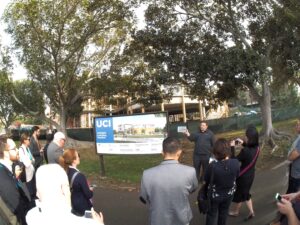
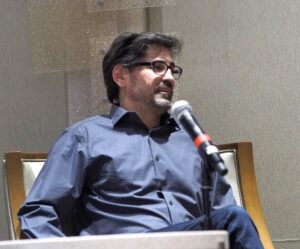
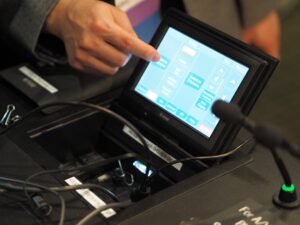
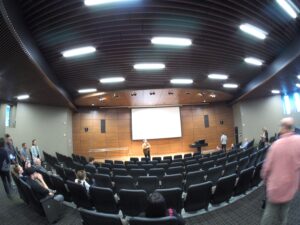
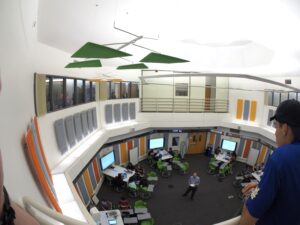
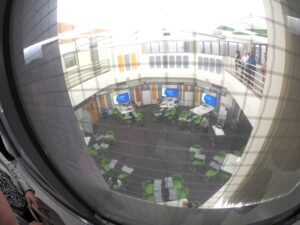

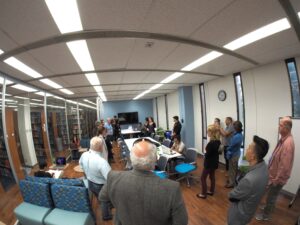
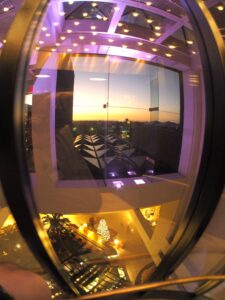
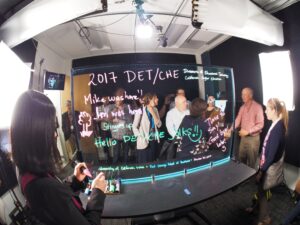
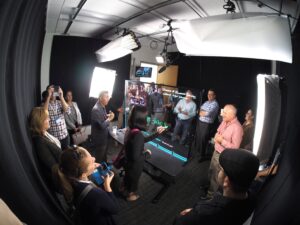

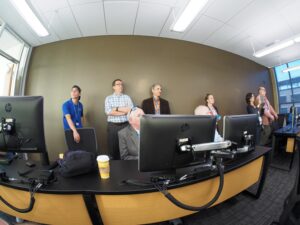
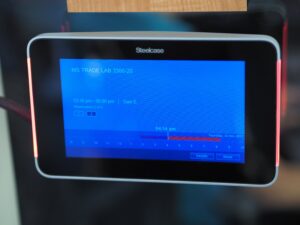
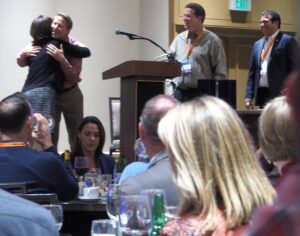
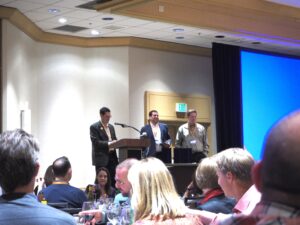
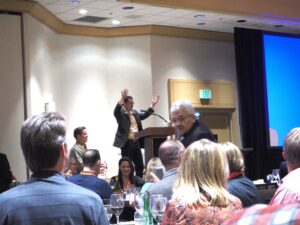
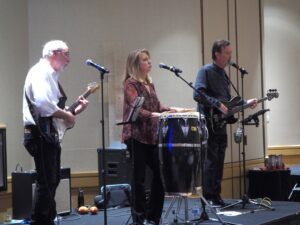
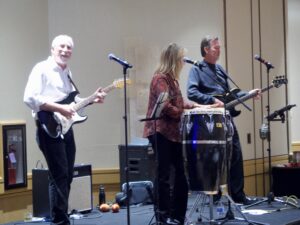
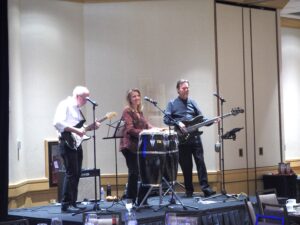
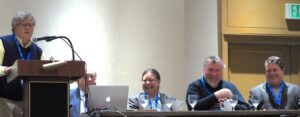

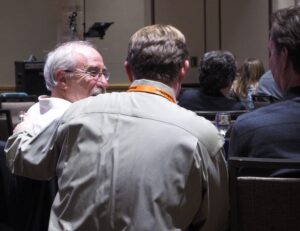
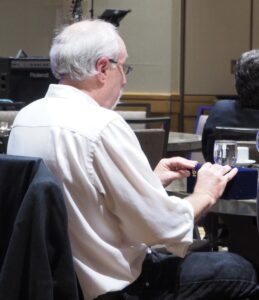
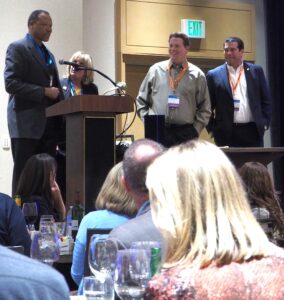
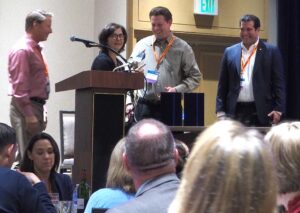

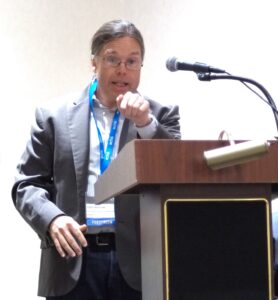
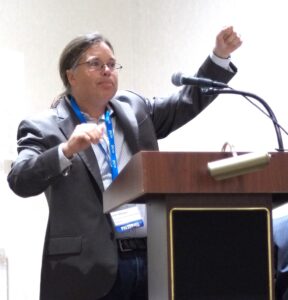
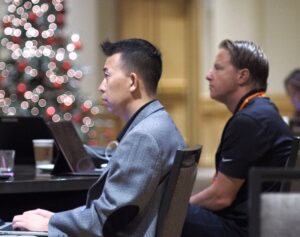

At the organizational meeting, a spirited debate over membership took place during the adoption of the by-laws One very vocal and persuasive attendee convinced a majority to approve a section on membership which stated that ‘active membership will be limited to media professionals employed by institutions of higher education in California who have major management responsibilities for educational technology services, and who actively support the purposes of the organization.’ Thus as opposed to the concept of only the director from each campus. During the first year of DET/CHE, John Fodor headed the Membership Committee, and they spent considerable time trying to sort out who was eligible for membership from each campus. The first amendment to the By-laws was a revision of the membership section to restore the concept of one director from each campus being the eligible membership. In the ensuing years, the by-laws have been amended to reflect the changing nature of the organization. An additional member of the Board was created in situations where one of the constituent organizations was not represented (October 1987). The President appointed the Board member subject to approval by the Board. Membership eligibility was clarified allowing an institution to nominate an additional member upon approval of the Board of Directors (October 1987). The category of Adjunct Membership was created for individuals demonstrating special qualifications and interest in educational technology as related to higher education (October 1989). Interest in DET/CHE was expressed by Media Directors from Nevada, and the by-laws were modified to include both California and Nevada (October 1990). Originally, terms of office were for one year, but with further discussion, the terms for the officers were expanded to two years for continuity and simplicity of conducting the elections (March 1991). With the level of activity in DET/CHE expanding, an amendment was made to separate the combined Secretary/Treasurer office to separate offices for a Secretary and a Treasurer (May 1991).
DET/CHE developed a reputation for high quality conferences over the years. Locations for the Annual Meeting have included the University of California, Riverside; San Diego State University; University of California, Santa Cruz; California State Polytechnic University, Pomona; California State University, Sacramento; University of California, San Diego and the 1992 Annual Meeting hosted by California State University, Hayward, Chabot College, and Ohlone College.
DET/CHE continues to fulfill the eight objectives stated in the organizational by-laws written in 1985. The organization has grown to become a Central focus for managers from all segments of California Higher Education, and in this sense, has filled a unique niche for media professionals. The strength of the organization remains an exchange among members of ideas and information relating to educational technology and the resulting network of professional contacts throughout the state. DET/CHE has set the course in seven short years to provide meaningful professional exchange and will continue this contribution through the next century.
